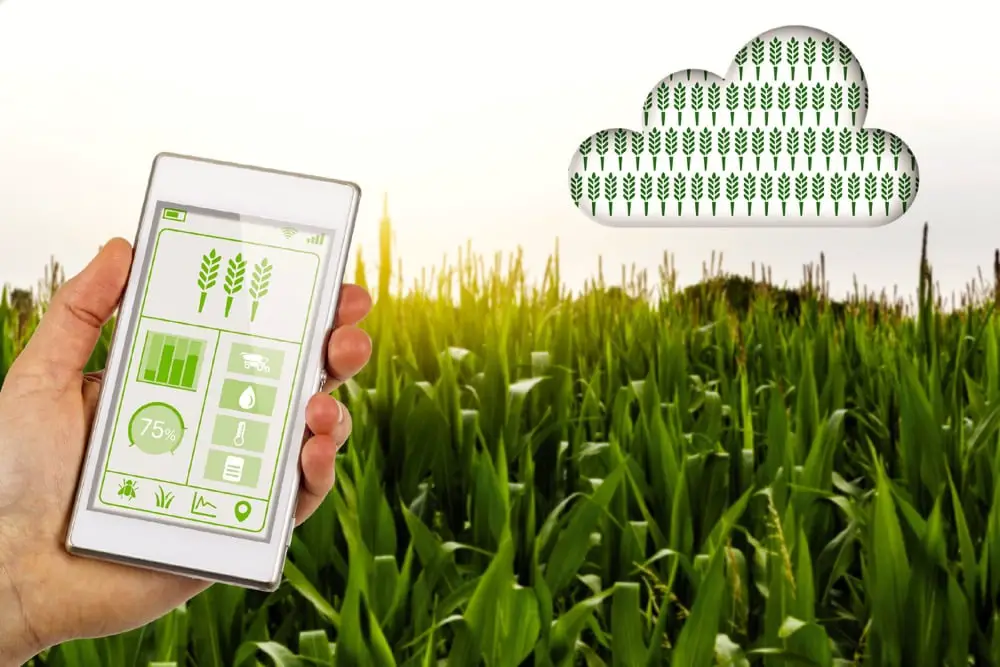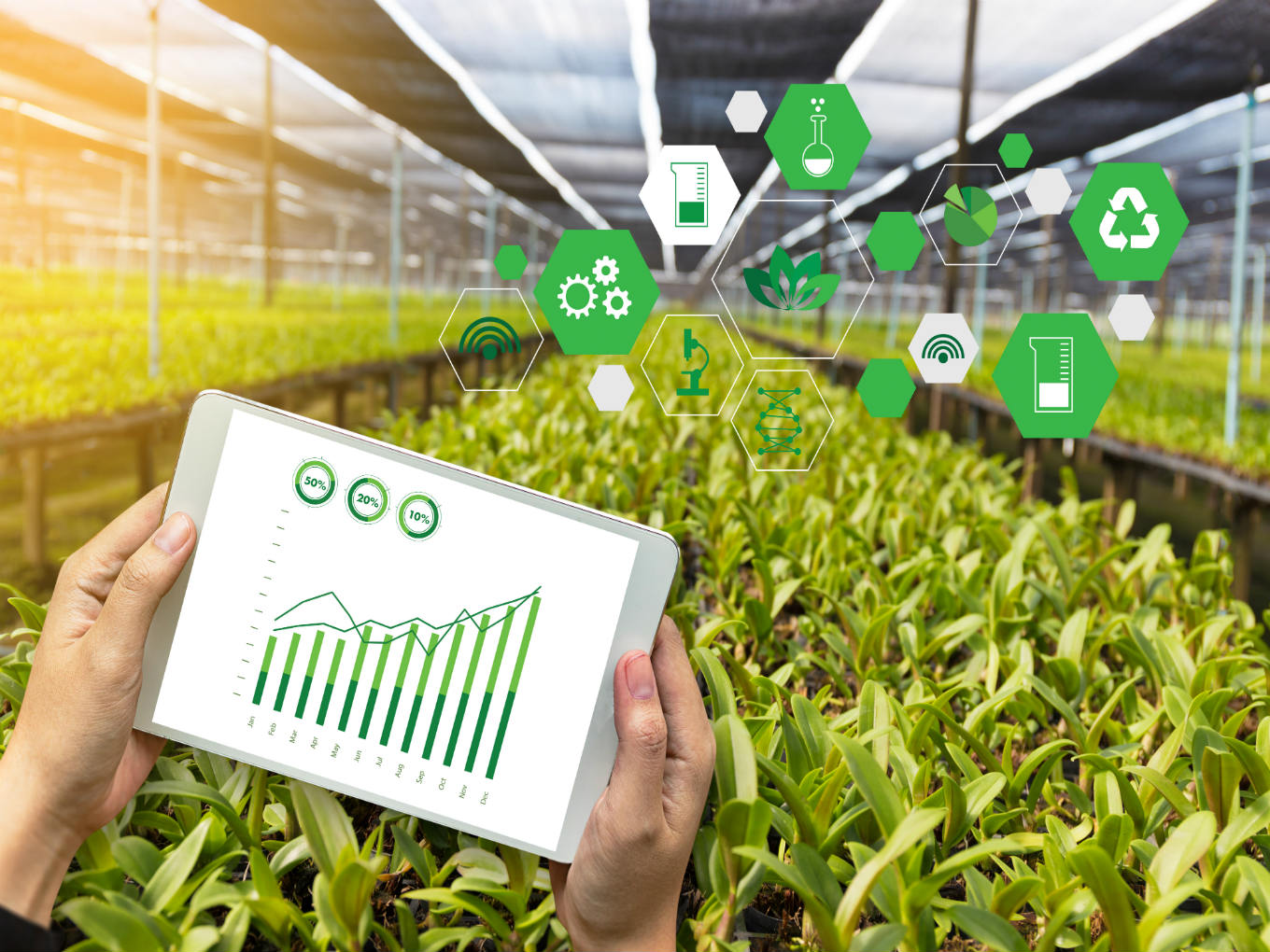The e Farming refers to the use of technology and digital tools to improve and streamline agricultural processes. This includes the use of precision agriculture, digital mapping, sensor technology, and other digital tools to optimize crop yields, improve efficiency, and reduce costs. e Farming also involves the use of digital platforms and applications to connect farmers with customers, suppliers, and other stakeholders in the agricultural industry.
This can include online marketplaces, digital platforms for managing supply chains, and other tools to support the buying and selling of agricultural products. Overall, e Farming is a way to modernize and digitize traditional farming practices to make them more efficient, productive, and sustainable.
Benefits of using e farming

There are several benefits to using e-Farming techniques and technologies:
- Increased productivity: E-Farming can help farmers to optimize crop yields and improve efficiency through the use of precision agriculture and sensor technology. This can result in increased productivity and higher profits.
- Reduced costs: E-Farming can help farmers to reduce costs by minimizing waste and increasing efficiency. For example, precision agriculture can help farmers to reduce the amount of fertilizer and other inputs needed for crop production.
- Improved decision-making: E-Farming can provide farmers with real-time data and insights about their crops and operations. This can help them to make more informed decisions about planting, harvesting, and other farming activities.
- Better soil management: E-Farming can help farmers to better manage their soil by using digital tools to track soil health, fertility, and other factors that can affect crop growth.
- Increased transparency: E-Farming can help to increase transparency and traceability in the agricultural supply chain by using digital platforms to connect farmers with customers, suppliers, and other stakeholders.
- Climate-resilient: E-Farming can help farmers to adapt to changing weather patterns and other environmental conditions by providing real-time weather data and other information that can help them to make more informed decisions.
- Increased sustainability: E-Farming can help farmers to implement sustainable farming practices by providing data and tools to optimize crop yields while minimizing environmental impact.
Disadvantages of Using e Farming

While e-Farming can offer many benefits, there are also some potential disadvantages to consider:
- High cost: Implementing e-Farming technologies and tools can be expensive, and may not be feasible for smaller or financially constrained farmers.
- Lack of technical skills: Some farmers may not have the technical skills or knowledge to properly use e-Farming tools and technologies, which can limit their effectiveness.
- Dependence on technology: e-Farming relies heavily on technology, so any failure of equipment or internet connection can halt the farming process, which can be detrimental to the crop.
- Data privacy and security concerns: e-Farming generates a significant amount of data, and there are concerns about data privacy and security, as well as the potential for data breaches.
- Dependence on the power supply: Some e-Farming tools and technologies require a reliable source of power, which may not be available in remote or rural areas.
- Over-reliance: Farmers may become too reliant on technology and neglect traditional farming practices, which can make them less resilient in case of technology failure or other unforeseen events.
- Impact on employment: Some e-Farming technologies such as autonomous vehicles and drones can lead to job displacement for certain roles such as manual labor.
Faqs:

Q: What are the types of e-Farming technologies?
A: The types of e-Farming technologies include precision agriculture, digital mapping, sensor technology, autonomous vehicles, drones, precision irrigation, precision livestock farming, and precision horticulture.
Q: Is e-Farming the same as precision agriculture?
A: Precision agriculture is a subcategory of e-Farming, it is an approach to crop production that uses technology to optimize yields and improve efficiency.
A: How does e-Farming impact the environment?
A: E-Farming can have a positive impact on the environment by using digital tools to optimize crop yields and minimize environmental impact. However, it also can have a negative impact if not used responsibly.






